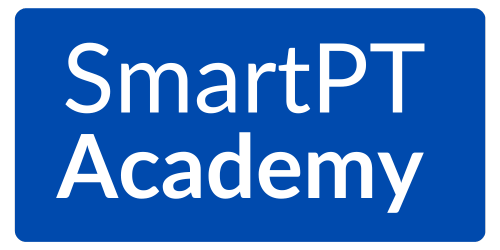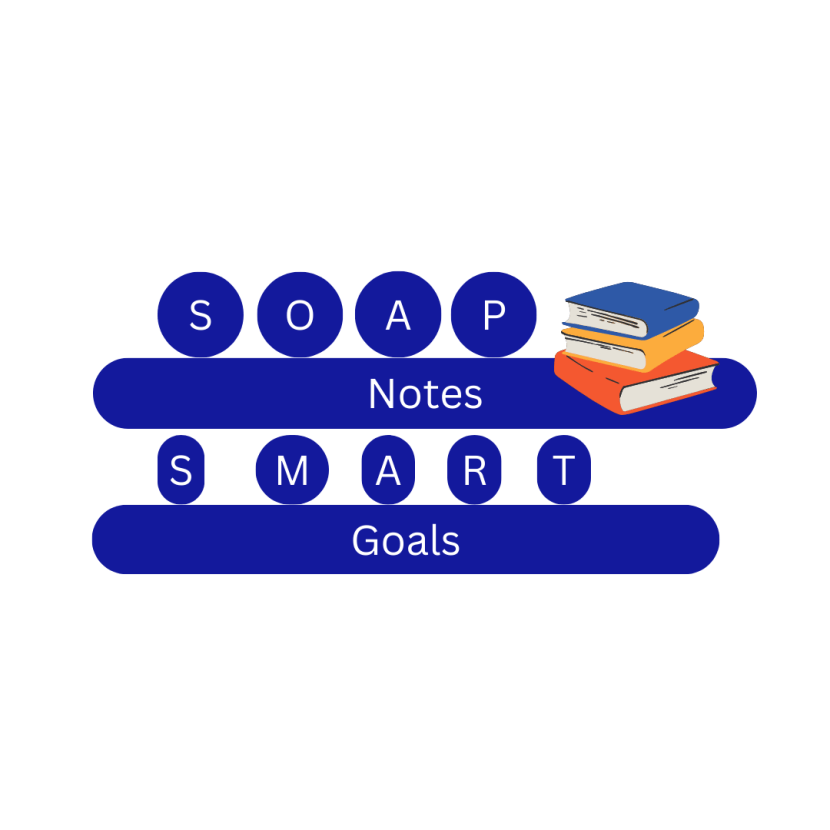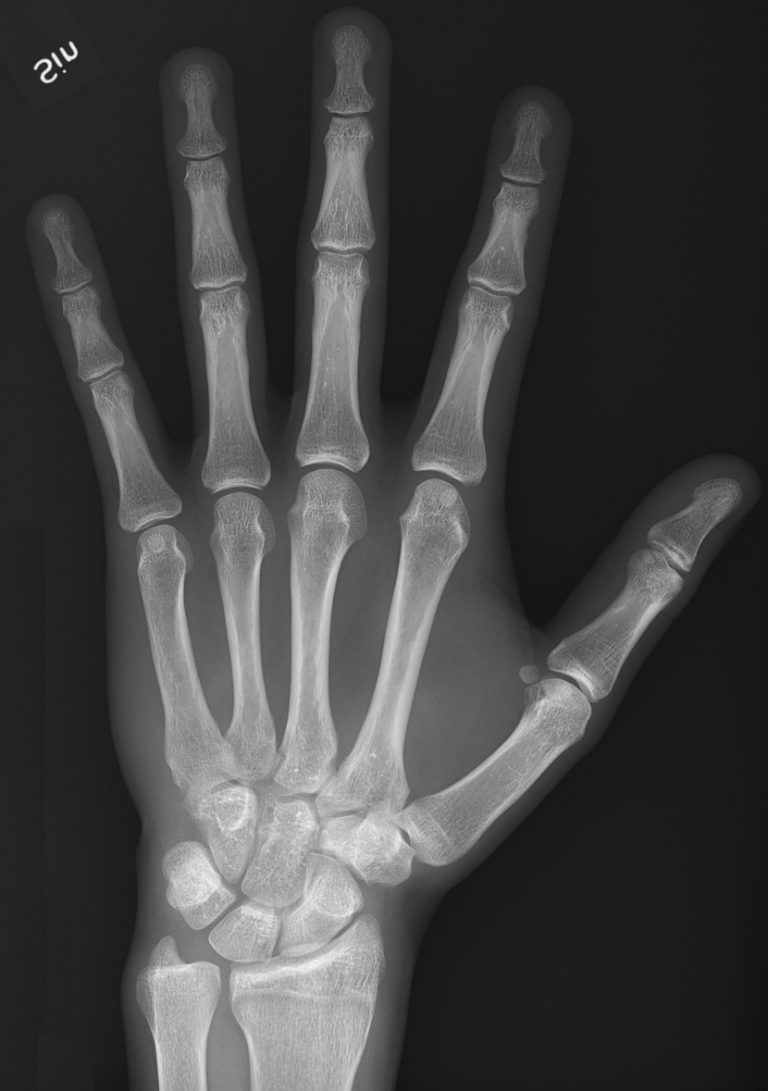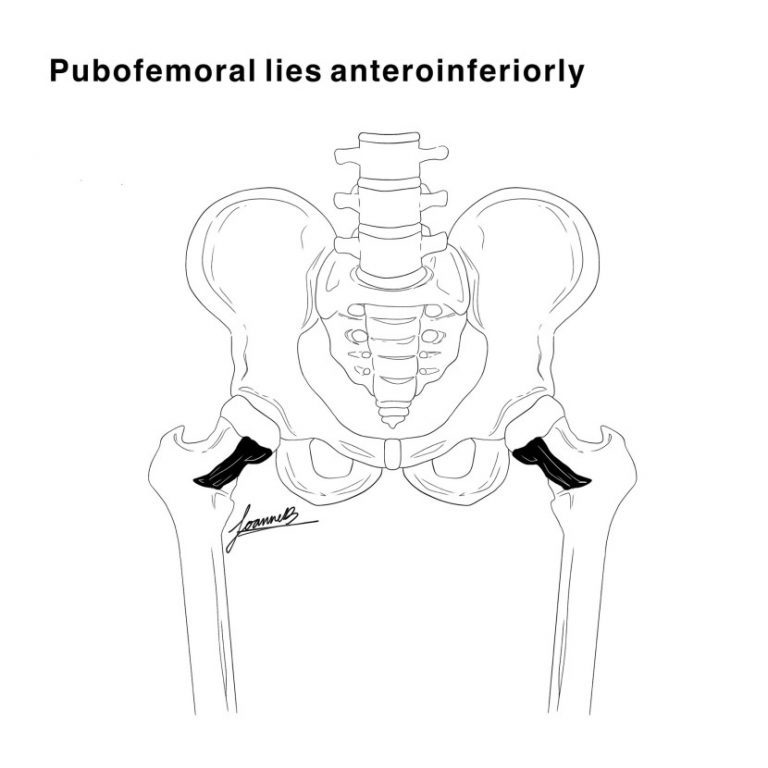SOAP NOTES AND SMART GOALS:
SOAP NOTES:
The Subjective, Objective, Assessment and Plan (SOAP) Note is an effective way for healthcare workers to document in a properly structured and organized way. This is the method of documentation for healthcare providers.
Larry Weed theorized SOAP notes almost 50 years ago. This method emphasizes the clinicians of specific tasks, provides a framework for evaluating information and a cognitive framework for clinical reasoning. It helps to guide the health workers to use their clinical reasoning to assess, diagnose and treat the patient. SOAP Notes are communication documents between health professionals and necessary piece of information about the health status of the patient. The composition of documentation is a checklist that works as a potential index and a cognitive aid to restore information for learning from the record.
STRUCTURE AND FUNCTIONS OF SOAP:
The SOAP note is the abbreviation of Subjective, Objective, Assessment and Plan.
SUBJECTIVE:
Documentation in this comes from the “Subjective” experiences, feelings of the patient or someone close to the patient or personal views. This division gives context for the Assessment and Plan.
CHIEF COMPLAINT (CC):
The problem which is reported by the patient is called a presenting problem or CC. A Chief complaint can be a condition, symptom or any previous diagnosis that describes why the patient is complaining today. It gives a sense to the reader about the rest of the document’s details.
EXAMPLES:
- Shortness of breath.
- Decreased appetite.
- Chest pain.
- Pain on ambulation
- Pain in the shoulder when trying to wash hair
A patient can have multiple CC’s and the first complaint may not be the serious one. So, the physician must motivate the patient to tell all their problems and should search to discover the significant problem. Identifying the main issue helps to make an effective diagnosis.
HISTORY OF PRESENT ILLNESS (HPI):
The history of the present illness starts with a simple statement which includes the patient’s age, sex, and reason for the visit.
EXAMPLE:
- A 45-year-old female presenting abdominal pain.
In this division, the patient can explain his/her main complaint. The term
“OLDCHARTS” is used to organize the HPI:
- Onset: When did the CC begin?
- Location: Where is the CC located?
- Duration: How long has CC been going on for?
- Characterization: How does the patient describe the CC?
- Alleviating and Aggravating Factors: What makes the CC better and why?
- Radiation: Does the CC move or stay in the same location?
- Temporal factor: Is the CC worse or better at a certain time of day?
- Severity: Using a scale of 1 to 10, 1 being the least, the 10 being the worst, how does the patient rate the CC?
Clinicians need to focus on the quality and clarity of the patient’s notes, instead of details.
HISTORY:
- Medical history: Current or past medical problems.
- Surgical history: Try including the year of surgery and if possible, include the surgeon.
- Family history: Include relevant family history. Don’t add the history of each family member.
- Social history: An acronym HEADSS is used here which stands for Home and Environment; Education, Employment, Eating; Activities; Drugs; Sexuality; and Suicide/Depression.
REVIEW OF SYSTEMS (ROS):
This is a list of questions which help to reveal the symptoms that haven’t already come up.
- GENERAL: Decreased appetite, weight loss
- GASTROINTESTINAL: Hematochezia, abdominal pain
- MUSCULOSKELETAL: Decreased right shoulder’s ROM, toe pain
CURRENT MEDICATIONS & ALLERGIES:
The current medication and allergies are usually documented under the section of Subjective or Objective. But if there is any medication, is important to document the name, dosage and route.
EXAMPLE:
- Motrin 600mg orally every 4 to 6 hours for 5 days.
OBJECTIVE:
The objective data from the patient is documented in this section. This includes:
- Vital signs.
- Physical exam findings.
- Laboratory data.
- Imaging results.
- Other diagnostic data
- Review and recognition of the documentation of other clinicians.
ASSESSMENT:
This section includes a combination of subjective and objective data to make a diagnosis. The assessment is done through the analysis of the patient’s problem, changes in the status of the problem and interaction of the problems.
PROBLEM:
The problem list is made in order of importance. A problem is also known as a diagnosis.
DIFFERENTIAL DIAGNOSIS:
Differential diagnosis is a list of different possible diagnosis, from most likely to least possible, and the reason behind the list. In this process, the decision-making process is explained in depth. The possibility of other diagnoses should be included that may least likely harm the patient.
PLAN:
In this division, to address the patient’s illness, further testing and consultation with other clinicians are included. The plan includes other additional steps taken to treat the patient. This part helps the other physicians to understand what needs to be done in future. The steps included are:
- Therapy needed (medications)
- Specialist referrals.
- Patient education.
- State which testing is needed.
- Rationale for picking a test to resolve the diagnosis.
SOAP Note has to include all the objective and subjective information, and the precision of SOAP helps to make the patient-specific assessment and plan.
SMART GOALS:
S.M.A.R.T is an abbreviation used as a mnemonic to make effective criteria for setting goals and objective development. SMART criteria can be applied in different settings, including employee performance management, project management and personal development. The SMART term was suggested by George T. Doran in November 1981, in which he stated setting objectives which were Specific, Measurable, Achievable, Realistic, and Time-bound (SMART). (2)
The SMART criteria are described as:
- SPECIFIC: What will be accomplished? What steps will you take to achieve it?
- MEASURABLE: An indicator of progress, quantifying or at least suggesting. What data will measure the goal?
- ACHIEVABLE: Describing responsibility clearly. Is the goal doable, and what are the resources required to accomplish the goal.
- REALISTIC: Marking obtainable results with available courses.
- TIME-BOUND: Includes a time frame for awaited outcomes.
SPECIFIC:
In the SMART acronym, the S stands for Specific.
A specific goal is clear, well-defined and doubtless.
For setting specific goals, one should ask the right questions. The questions with “W”:
- WHO: Who is involved in the goal?
- WHAT: What goal do you want to achieve?
- WHEN: When does your goal need to be accomplished?
- WHICH: Which requirements does the plan have?
- WHY: Why is the goal important?
MEASURABLE:
In the SMART acronym, the M stands for Measurable:
A Measurable goal allows an authentic way to measure the process.
Most of the time, goals are unapproached because the worker doesn’t know what progress looks like. Measurement can be qualitative (productivity results, money saved or earned, etc.) and qualitative (client testimonials, surveys, etc.).
ACHIEVABLE:
In the SMART acronym, A stands for achievable.
This highlights how important a goal is to you and what measures can you take to attain and can require adapting a new skill or changing attitudes.
One needs to think about:
- How to accomplish this goal.
- The tools and skills are present or not.
- If not, then how to get them
RELEVANCE:
In the SMART acronym, the R stands for Relevance.
The relevance aims at things that make sense and have goals. This step is used to check and ensure that you are heading in the right direction.
TIME-BOUND:
In the SMART acronym, the T stands for time-bound.
A goal can be set by anyone but if realistic timing is absent, there will be chances that he isn’t going to succeed. Specific questions should be asked about the deadline of the goal and what can be accomplished within that time. A sense of urgency and pressure is created by setting a limited time to achieve a goal. If a goal takes 4 months to complete, the process of achievement should be checked in halfway through the process. (3)
REFERENCES:
1. SOAP Notes.
2. SMART CRITERIA.
3. How to write SMART criteria.





Rattling wonderful info can be found on weblog.Blog range